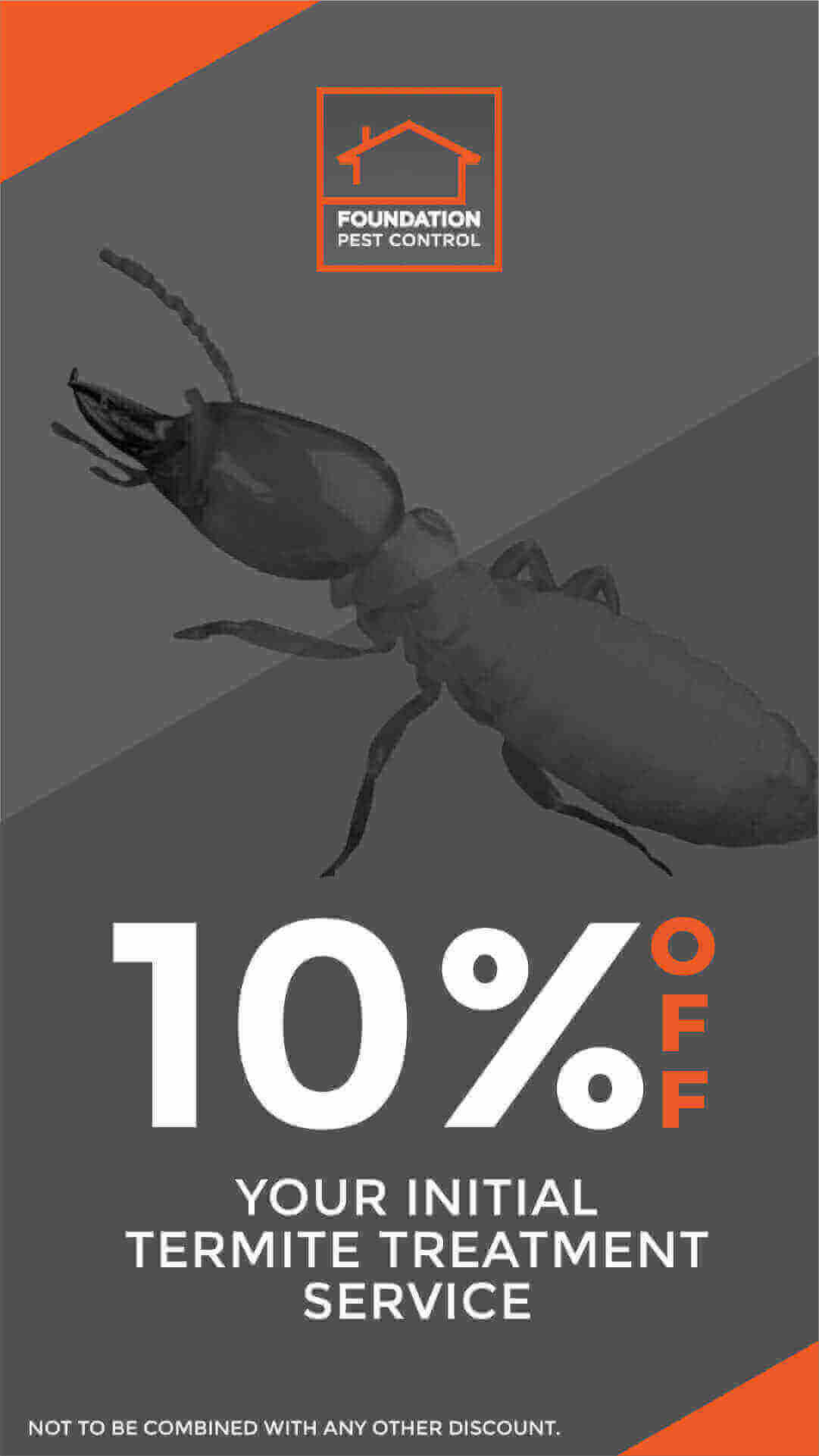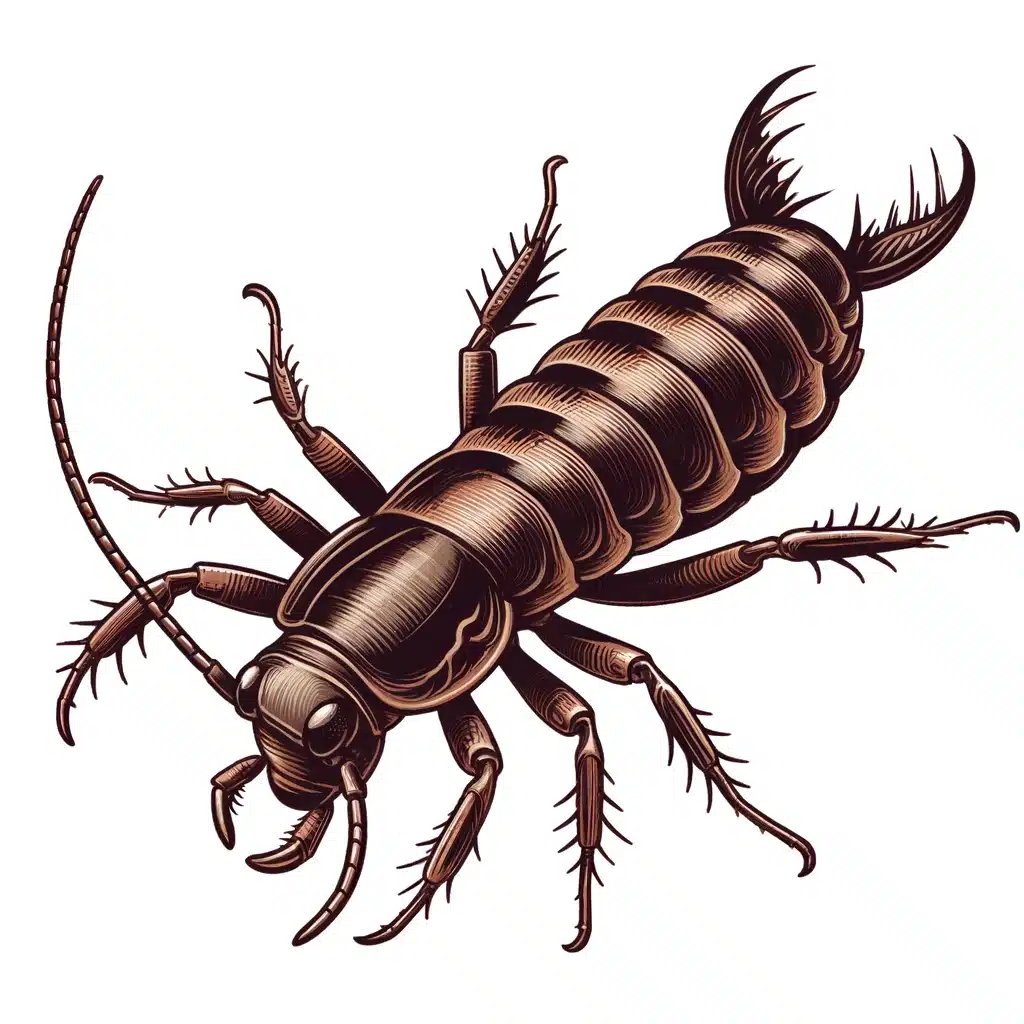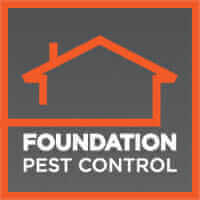Earwigs

Foundation Pest Control offers expert pest management solutions for homes and businesses in Memphis and surrounding areas. Serving our community with eco-friendly treatments, we ensure a pest-free environment using advanced technology and personalized service. Trust us for efficient, reliable pest control in Memphis, Arlington, Lakeland, Germantown, and Collierville.
Earwigs, known for their distinctive pincers and nocturnal habits, are a common pest in Memphis. While they are not harmful to humans, their presence can be unsettling, and they can cause damage to plants and homes. This guide provides comprehensive information on earwigs and effective ways to manage them.
Identifying Earwigs
Earwigs are characterized by their elongated, dark brown bodies and prominent forceps-like pincers at the rear. They typically range from 1/4 to 1 inch in length. Their pincers are more pronounced in males, and they use them for defense and hunting.

Behavior and Habitats
Earwigs are nocturnal insects that prefer damp, dark environments. During the day, they hide in moist, sheltered areas such as under rocks, mulch, or leaf litter. At night, they become active and feed on plants, other insects, and organic matter. They can often be found in bathrooms, basements, and kitchens where moisture is prevalent.
Seasonal Activity
In Memphis, earwigs are most active during the warmer months, particularly in spring and summer. Their populations increase in damp conditions, and they may enter homes seeking shelter and food.
Risks and Concerns
While earwigs are not dangerous to humans, they can cause several issues:
- Plant Damage: Earwigs feed on a variety of plants, including flowers, vegetables, and fruits, leading to damaged foliage and crops.
- Home Invasion: They may enter homes in search of moisture and food, becoming a nuisance in bathrooms, kitchens, and basements.
- Unsettling Presence: Their appearance and movement can be unsettling to homeowners.
Prevention Tips
Preventing earwigs from invading your home involves reducing moisture and eliminating hiding places:
- Reduce Moisture: Fix leaky pipes, use dehumidifiers, and ensure proper ventilation in damp areas.
- Seal Entry Points: Seal cracks and gaps around windows, doors, and foundations to prevent entry.
- Remove Debris: Keep the area around your home free of leaf litter, mulch, and other debris where earwigs can hide.
- Proper Landscaping: Trim back vegetation from the foundation and use gravel or stone instead of mulch near the house.
Dealing with an Infestation
If you have an earwig infestation, taking immediate action is important:
- Reduce Moisture: Address any sources of excess moisture in and around your home.
- Eliminate Hiding Spots: Clear away debris and clutter where earwigs may hide.
- Insecticides: Use insecticides labeled for earwigs around the perimeter of your home and in problem areas.
- Professional Pest Control: Contact Foundation Pest Control for expert assistance. Our professionals can identify the source of the infestation and provide effective treatment options.
Foundation Pest Control Services
At Foundation Pest Control, we offer comprehensive earwig management services in Memphis. Our approach includes:
- Inspection: Thorough inspection to identify the source and extent of the infestation.
- Treatment: Safe and effective treatments to eliminate earwigs and prevent future infestations.
- Prevention: Advice on preventative measures to keep earwigs away from your property.
Contact Us
If you’re dealing with earwigs or any other pests, don’t hesitate to contact Foundation Pest Control. Our experienced team is here to help you create a safe and pest-free environment.

